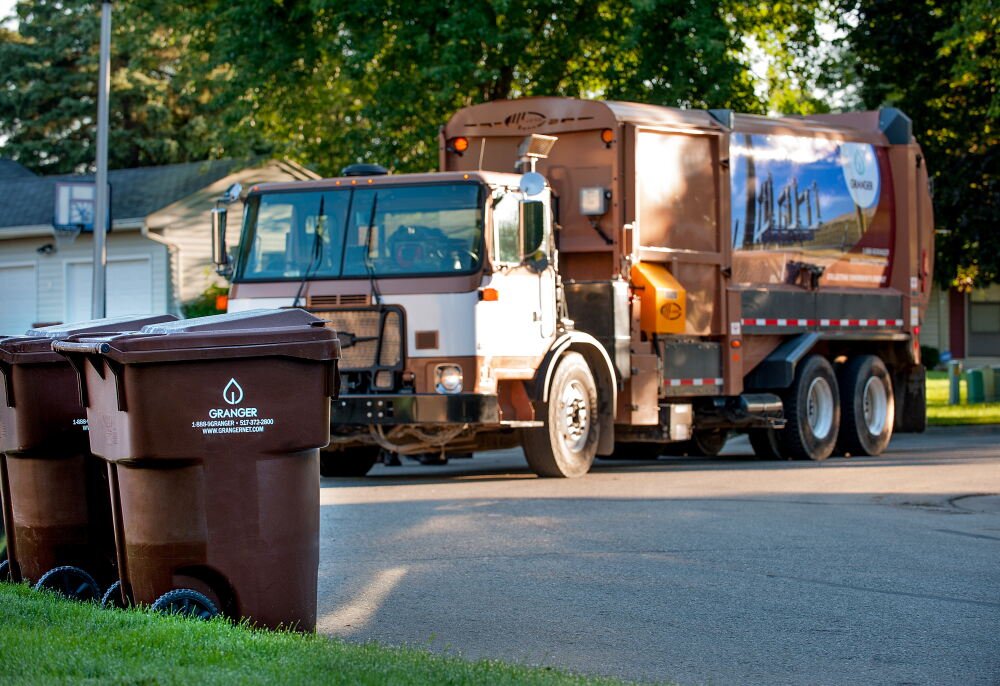Video surveillance has become essential to modern emergency management. Situational awareness, fast reaction, and long-term safety gains are enhanced by monitoring systems as events become more complicated and frequent. This article discusses video surveillance in emergency management, including its operational benefits, technical advances, privacy issues, and impact on public safety.
Why is Video Surveillance Crucial in Emergency Management?
Video surveillance has expanded beyond security. Today, it delivers real-time intelligence to improve crisis decision-making and operations. Visual insights from surveillance systems help responders make rapid judgements during crises, boosting response times and lowering event impact.
Every second counts under pressure. Emergency responders can better assess threats, identify casualties, and deploy resources via video feeds. Surveillance in public locations or packed events may quickly identify growing concerns, enabling proactive incident management.
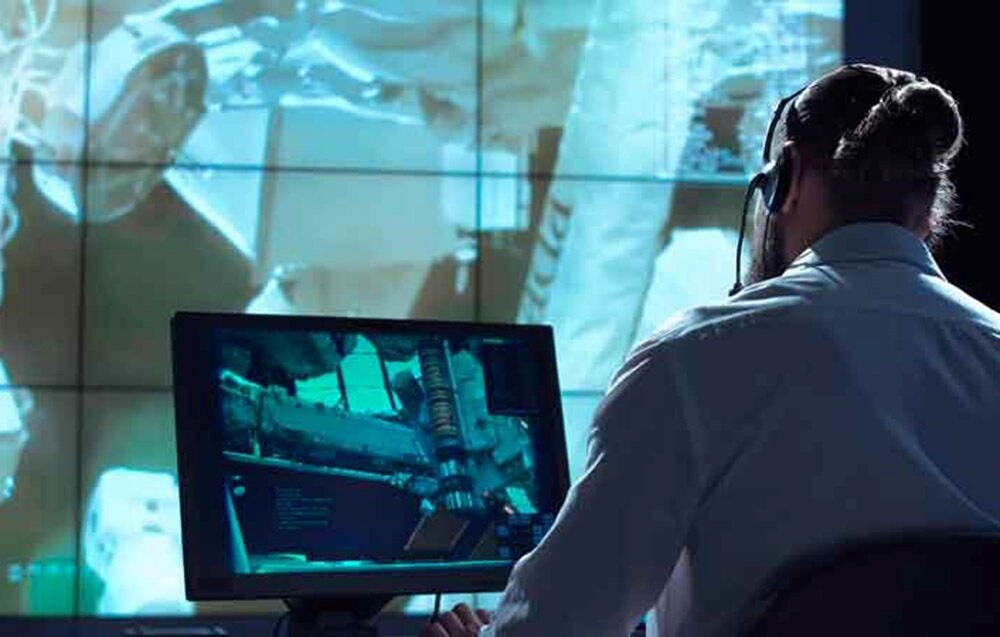
Enhancing Situational Awareness with Video Surveillance
Situational awareness forms the backbone of emergency response. It is essential for understanding the scope of an emergency and making timely decisions to mitigate harm. Video surveillance supports this by providing live feeds from the scene, ensuring that responders can accurately assess unfolding events.
A prime example can be seen in natural disasters, where video feeds from drones or stationary cameras help responders evaluate damage and strategize interventions. This clarity ensures resources are allocated where they are most needed, saving time and lives.
Table 1: How Video Surveillance Improves Situational Awareness
| Factor | Traditional Response | With Video Surveillance |
|---|---|---|
| Decision-making speed | Slow, based on reports and assumptions | Immediate, based on real-time visual data |
| Resource allocation | May result in over-deployment or under-deployment | More accurate, ensuring efficient resource use |
| Crowd monitoring | Limited, requires on-the-ground personnel | Automated through video analytics |
| Identification of hazards | May miss emerging risks | Early detection, immediate alerts |
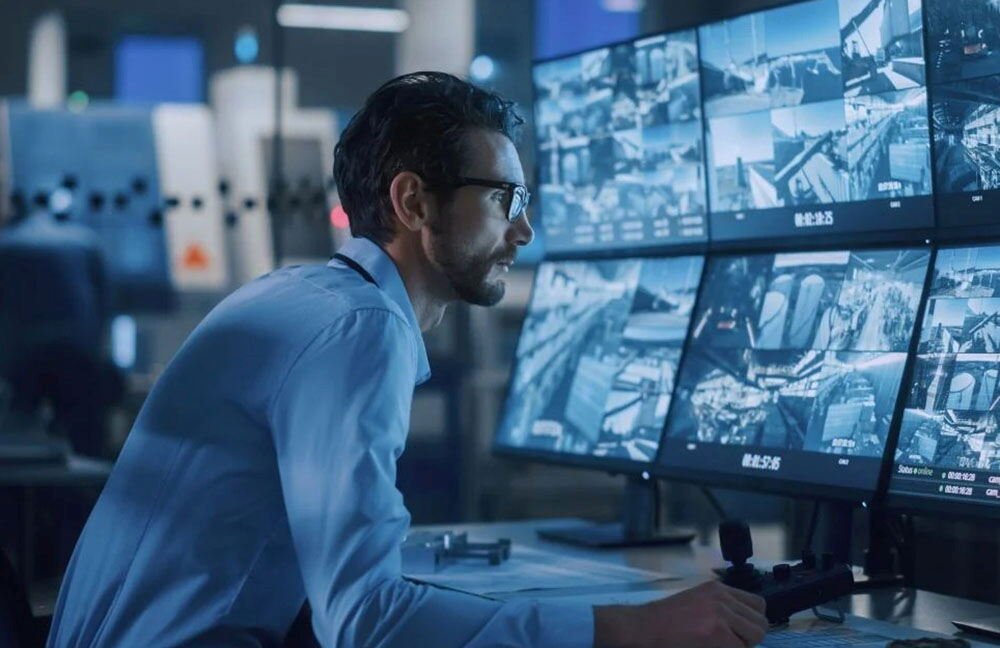
Addressing Common Challenges in Emergency Management
Emergency management can be fraught with challenges, including the need for rapid crowd detection and efficient coordination in hard-to-reach areas. Video surveillance offers solutions to these problems by providing automation and live data feeds.
During large-scale events, for example, video surveillance systems equipped with facial recognition or analytics can automatically detect unusual crowd movements or security threats, triggering timely alerts to security teams. In remote locations, where emergency response times can be hindered by geographic barriers, video surveillance acts as a bridge, enhancing coordination and accelerating response times.
Operational Benefits of Video Surveillance
The integration of video surveillance into emergency response strategies offers numerous operational advantages. These include quicker response times, optimized resource allocation, and improved coordination between emergency services.
In a 2020 study conducted by the University of California, Berkeley, the implementation of video surveillance in urban areas reduced fire truck response times by 15%. This reduction in response time leads to better outcomes during fire incidents, minimizing property damage and improving the safety of affected communities.
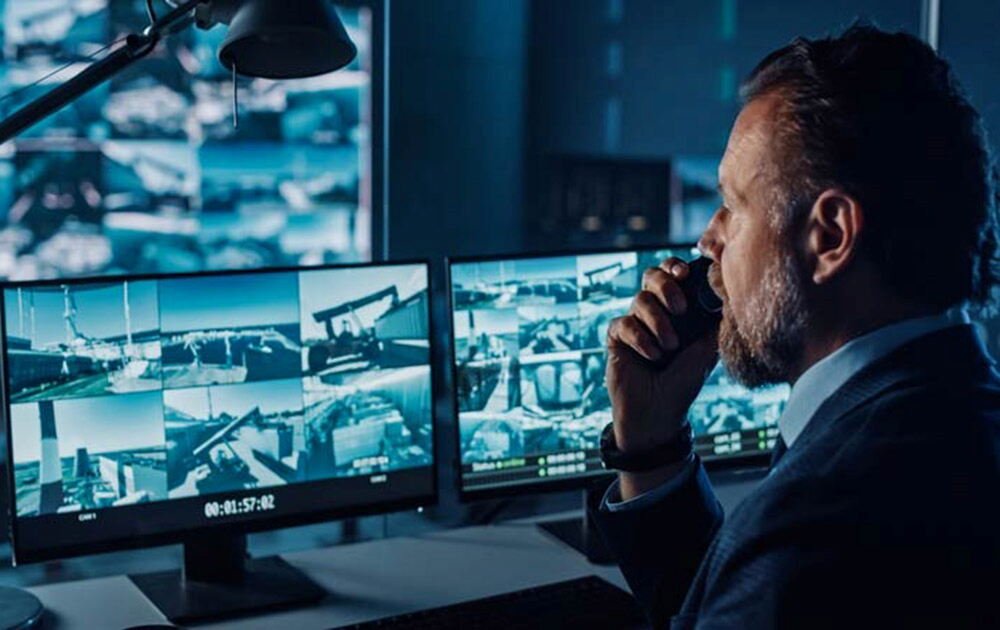
Technological Innovations Revolutionizing Video Surveillance
Technology has greatly improved video surveillance. Surveillance systems increasingly use AI, face recognition, and automated analytics to detect risks and anomalies faster.
Big data-driven AI-powered video analytics can spot dangers before they worsen. Early intervention saves lives by enabling preventive interventions, lowering staff load, and improving efficacy.
Table 2: Technological Innovations in Video Surveillance
| Technology | Application in Emergency Management |
|---|---|
| AI Video Analytics | Detects suspicious activities, alerts authorities in real-time |
| Facial Recognition | Identifies individuals involved in incidents quickly, aiding investigations |
| Drones | Provides aerial views for large-scale disasters, offering real-time data from hard-to-reach locations |
| IoT Integration | Automatically triggers emergency protocols based on real-time surveillance data |
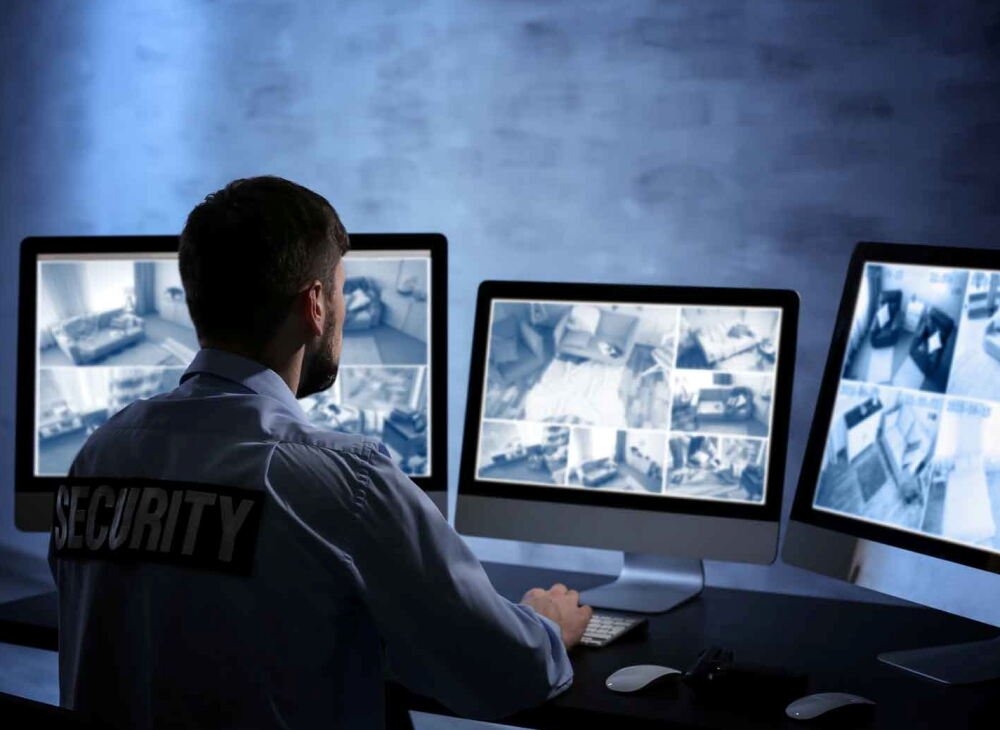
Balancing Privacy and Security Concerns
While video surveillance significantly enhances public safety, it also raises privacy and ethical concerns. Striking a balance between security and individual privacy is essential to maintaining public trust.
Organizations implementing surveillance systems must prioritize transparency by clearly communicating the purpose and scope of their surveillance efforts. Privacy protections such as data encryption, clear data retention policies, and secure access protocols help ensure surveillance data is not misused.
The Future of Video Surveillance in Emergency Management
The future of video surveillance in emergency management holds immense promise. As technologies like Augmented Reality (AR) and the Internet of Things (IoT) continue to advance, the integration of these tools with video surveillance systems will enhance emergency responses even further.
Imagine a scenario where AR overlays real-time video feeds with information about building layouts or hazards directly in the responder’s field of vision, allowing for quicker and more precise decision-making. Similarly, IoT devices could automatically trigger emergency responses when certain threats are detected, ensuring rapid intervention.
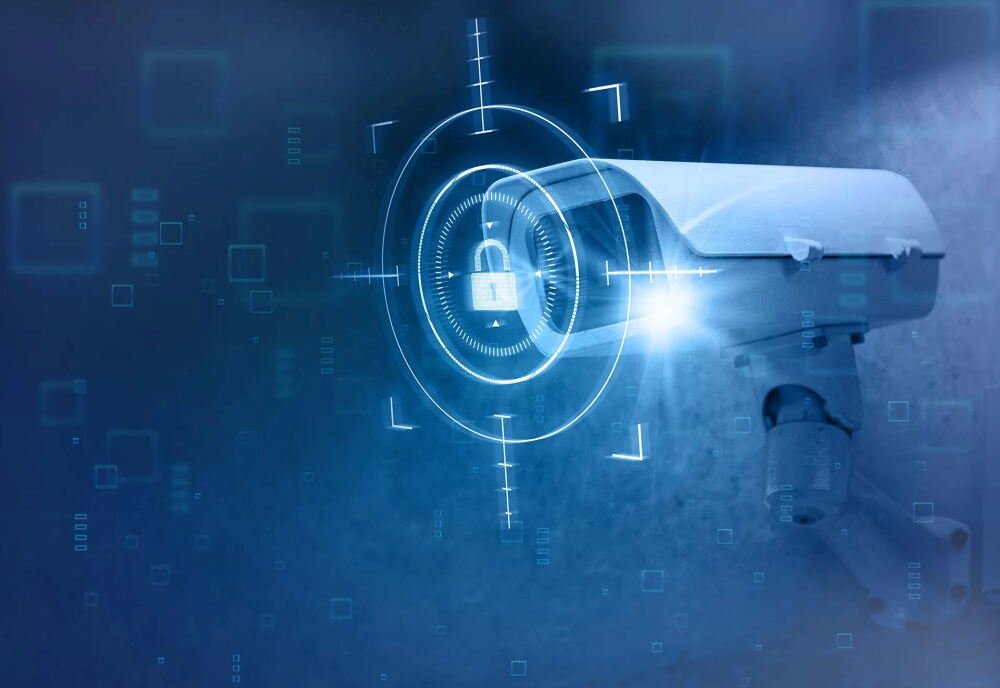
Building Resilient Surveillance Infrastructure
Effective emergency management video monitoring requires a strong surveillance infrastructure. System resilience must include cyberattacks, physical damage, and technology obsolescence.
The surveillance infrastructure can resist a changing threat landscape by investing in redundant systems, secure storage, and regular system upgrades. Encryption, firewalls, and audits safeguard critical surveillance data.
Privacy and Ethics in Video Surveillance Systems
As surveillance systems become more sophisticated, maintaining ethical standards is critical. It’s important for organizations to provide clear guidelines on the appropriate use of surveillance data, ensuring compliance with local laws and regulations.
Public engagement and regular audits can further enhance transparency and accountability, assuring citizens that their privacy is protected. By embedding ethical considerations into the design and implementation of surveillance systems, organizations can foster trust while enhancing public safety.
Real-life Examples of Video Surveillance in Emergency Management
Real-life examples show how video surveillance works in emergency management. Surveillance cameras helped identify and follow the 2013 Boston Marathon bombers. During the COVID-19 epidemic, surveillance systems monitored social distancing and public space safety.
These incidents demonstrate how surveillance may increase reaction time and accuracy, improving safety and resolution.
Conclusion: Video Surveillance as a Cornerstone of Public Safety
Video surveillance is no longer just a tool for monitoring; it has become an essential asset in emergency management. With the ability to enhance situational awareness, improve response times, and provide valuable data for long-term safety improvements, video surveillance is shaping the future of public safety. However, as this technology evolves, it is essential to maintain a balance between security and privacy, ensuring that public trust is preserved while maximizing the effectiveness of surveillance systems.
As we look toward the future, integrating emerging technologies and building resilient surveillance infrastructures will be key to managing increasingly complex emergencies and ensuring the safety of communities worldwide.
Frequently Asked Questions
How does video surveillance improve emergency response times?
It provides real-time data, enabling faster decision-making. Responders can assess situations quickly and deploy resources efficiently.
How does AI enhance video surveillance in emergencies?
AI analyzes video footage for suspicious activities. It can alert authorities instantly, preventing potential threats before they escalate.
Can video surveillance compromise privacy?
Organizations must balance security with privacy. Transparency, data encryption, and access controls help protect individual rights.
What is the future of video surveillance in emergencies?
Technologies like AR and IoT will improve situational awareness and automate responses, making emergency management more efficient.




